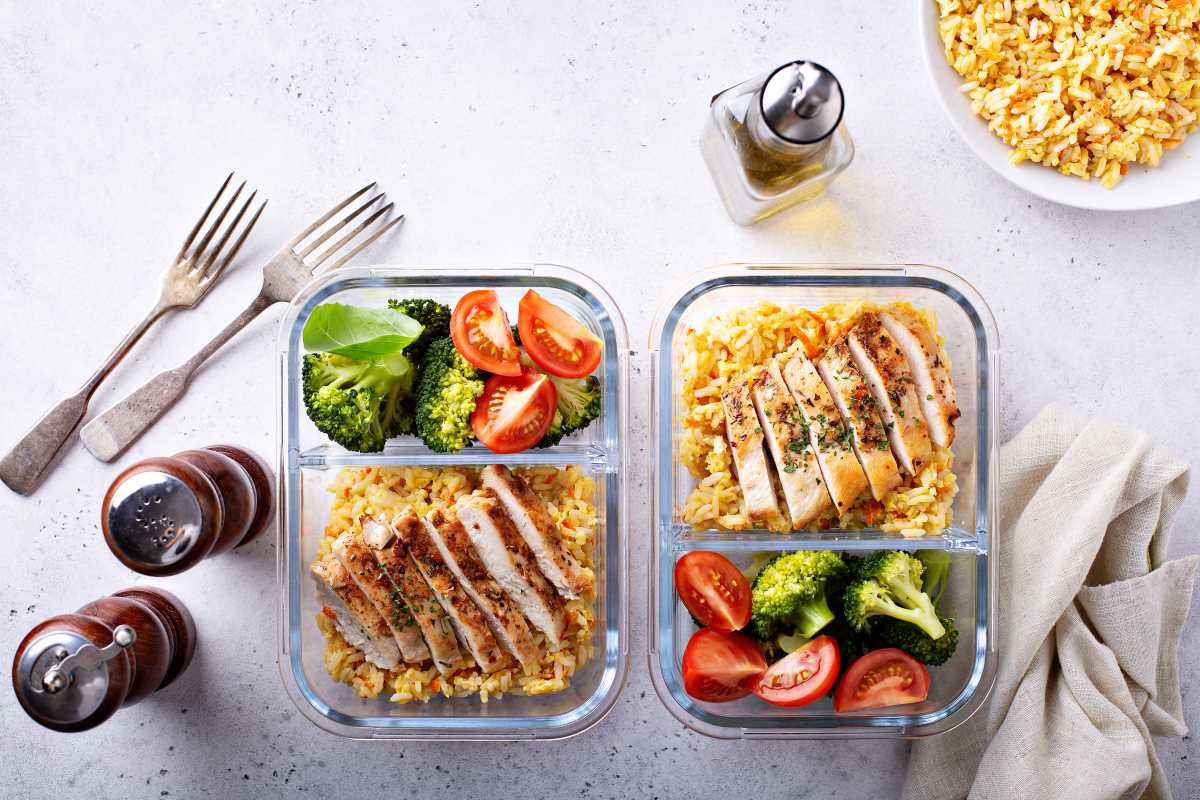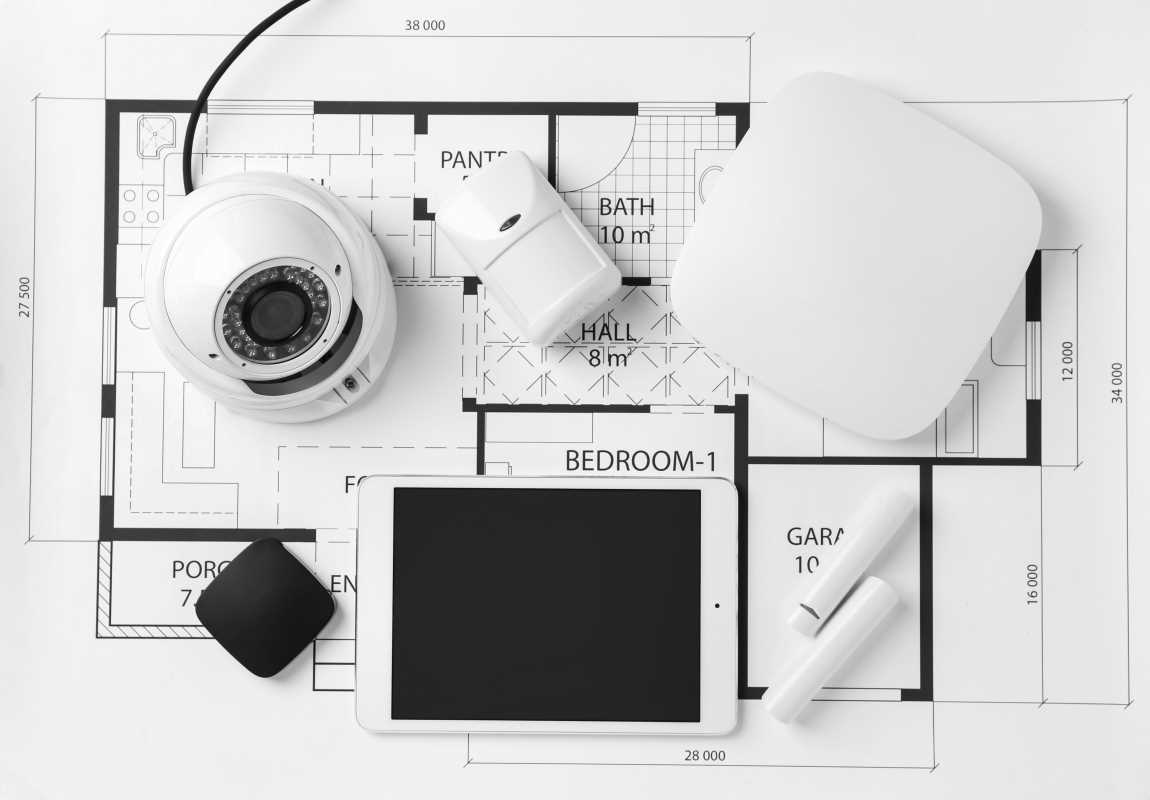Busy lifestyles can make it easy to rely on takeout, which can get expensive and isn’t always the healthiest choice. A simple meal plan can remove guesswork from your day, ensuring you have quick, tasty meals ready when you need them. There’s no need to be a professional chef or spend hours in the kitchen. It’s about finding a balance that fits your schedule—maybe cooking in batches on weekends or doing mini-prep sessions a few times a week. With a bit of organization and some basic cooking methods, you can enjoy affordable, nutritious meals even when time is tight.
Setting Realistic Goals
Trying to cook elaborate meals every day can be tempting, but for single professionals juggling work and personal life, simplicity often works best. Aim to cook at home two or three times a week to start. Choose recipes you can handle in half an hour or less—like stir-fries, sheet pan meals, or simple pastas—so you don’t feel overwhelmed on busy nights.
It also helps to match cooking plans to your schedule. If you know Wednesdays are always packed, avoid choosing that evening for a complex new recipe. Over time, you can expand to more days of home cooking once you’re comfortable. Remember: consistency wins out over lofty goals. Cooking just a few meals per week can be easier to manage than trying (and failing) to make a four-course dinner each night.
Quick Grocery Strategies
Effective meal planning starts with smart shopping. Showing up at the store with no plan can lead to random impulse buys that don’t form complete meals. Beforehand, decide which dishes you’ll make for the week and create a simple list. Look in your pantry to see what you already have, and buy only what you need to fill in the gaps.
Paying attention to sales can help if you’re on a budget. Stock up on versatile staples such as canned beans, dried grains, and frozen vegetables. These items last longer and can be used in multiple meals, reducing waste. Frozen veggies are especially useful for single cooks since you can use just what you need and store the rest without worrying about spoilage. With a bit of planning, shopping can become a quick and focused trip rather than a long, confusing browse.
Efficient Meal Prep
Prepping ingredients or entire dishes at once can free up your weekday evenings. Choose whether you’ll do a larger cooking session on the weekend or split tasks across a few nights. Focus on the steps that often slow you down—washing produce, chopping vegetables, or marinating proteins—so they’re ready when hunger strikes.
Here’s a useful outline:
- Pick two or three recipes you’ll make that week.
- Gather all ingredients on your countertop so you don’t forget anything.
- Chop veggies in advance and store them in clear containers.
- Pre-cook grains like rice or quinoa and keep them in the fridge for quick reheating.
- Place your prepped ingredients in an easy-to-see spot so you remember to use them.
Even if you don’t prep entire meals, having certain components ready will cut your cooking time in half. On top of that, you'll find a ton of quick, easy recipes that you can make any night of the week with proper planning.
Time-Saving Cooking Methods
The right techniques can make cooking less of a chore. Sheet pan meals are perfect for roasting proteins and veggies together, cutting both cooking and cleaning time. Stir-frying is also quick if your ingredients are already chopped—just heat some oil, toss everything in, and season it to your liking.
Slow cookers and Instant Pot devices are lifesavers for busy schedules. Throw your ingredients into the pot, set a timer, and let it do its job while you’re at work or running errands. You can come home to a finished soup or stew, which you can portion out for the next day’s lunch. Experiment with these methods to see which fits your routine. Some people like set-it-and-forget-it gadgets, while others prefer the speed of stir-frying.
Creative Meal Rotation
Variety is important when cooking for one. If you roast a batch of chicken on Sunday, use it in multiple ways—top it on a salad Monday, turn it into tacos Tuesday, and add it to soup Wednesday. This keeps your diet interesting and helps you avoid letting ingredients go bad.
Here are a few quick tips:
- Season a large batch of protein lightly so you can adapt it with different sauces later.
- Cook grains like brown rice or barley ahead of time for easy stir-fries, bowls, or casseroles.
- Keep fresh veggies ready to throw into wraps, omelets, or salads.
By simplifying your cooking routines, small tweaks—like changing sauces or adding fresh herbs—can make familiar dishes feel new. Don’t shy away from keeping a favorite meal in your weekly rotation. The goal is to have a plan that’s convenient and fun enough to stick with. If that means having your go-to pasta dish twice a week, that’s perfectly fine.
Prepping toppings and sauces separately can help preserve fresh flavors, especially if you’re making meals a few days in advance. Add garnishes, herbs, or nuts right before eating to keep textures crisp. This approach can also help if you’re bored with the same meal—switch up the sauce or add an extra ingredient at the last minute.
Don't Get Discouraged
Not every week will go exactly as planned. There might be sudden dinner invitations or unexpected workloads. Adjust your plan if you need to, and learn from any mistakes. Over time, you’ll figure out exactly how much to buy and cook, saving you money and effort.
Don’t forget to give yourself wiggle room to enjoy a restaurant meal or order takeout. A flexible approach can keep meal planning sustainable over the long run. The real goal is to ensure that when you do want a home-cooked meal, you have the ingredients and energy to make it happen.
Making these small changes can transform daily eating into a source of satisfaction rather than stress. Even if you only manage to cook a couple of times a week at first, you’ll notice the difference in your budget and overall routine. Over time, you might find yourself exploring new recipes or picking up useful cooking skills you never thought you’d master.







